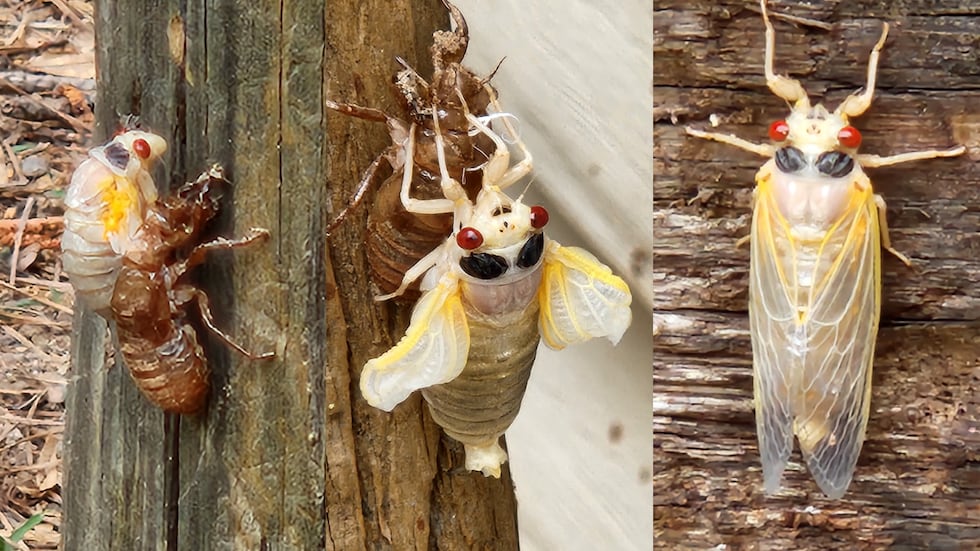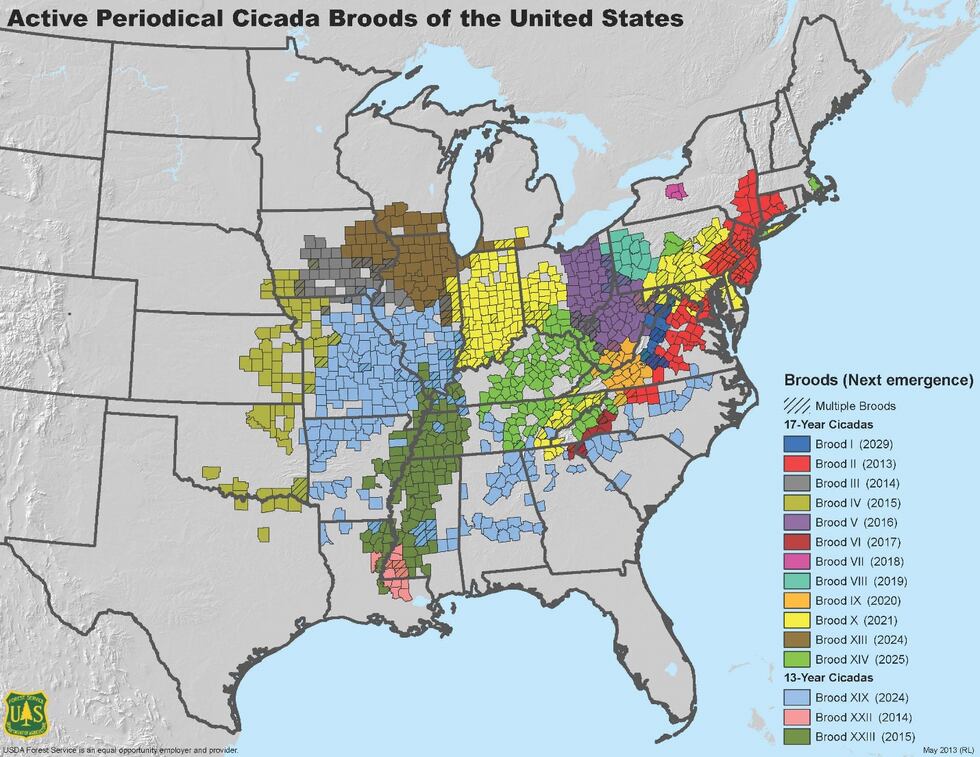Are you seeing lots of cicadas in the CSRA? You’re not alone
AUGUSTA, Ga. - Cicadas are beginning to hatch as the U.S. prepares for the “simultaneous explosion” of two broods this spring.
And residents of the CSRA are already starting to see and hear them. We’re getting reports from local residents, especially in Columbia County.
If you want to share your pictures and videos, them at /community/-content/.
The cicadas may not always look like you expect. You may see something you haven’t seen before: white cicadas.
For the first time since 1803, Brood XIX and Brood XIII cicadas are co-emerging, bringing trillions of them out of the ground.
MORE FROM NEWS 12:
Brandi Bulter shared pictures of holes throughout her South Carolina yard where they are climbing to the surface. Butler also documented a white cicada nymph molting as it reaches adulthood.
Chip Adams captured similar images in South Carolina.
The young cicadas are white with red eyes, prompting many to ask if they are albino. The short answer is: no.

Young adult cicadas are mostly white but darken as their exoskeleton hardens.
The cicadas weren’t expected to emerge from the underground lairs for another month, but some have started showing up early.
In Augusta, we even saw some very early arrivals four years ago, and experts turned to local residents to help track them on an app.
MORE FROM NEWS 12:
- Caterpillars crawl through the RBC Heritage golf tournament
- Another nest of invasive yellow-legged hornets is found
Brood XIX cicadas emerge every 13 years, while Brood XIII cicadas emerge every 17 years.
For the first time in hundreds of years, the emergence overlaps this year.

The University of Connecticut says that trillions of cicadas will emerge in the U.S. during this event.
Cicadas do not bite or sting and pose no threat to humans. However, their signature buzzing can reach 90 decibels, and they can damage trees.
Copyright 2024 WRDW/WAGT. All rights reserved.















